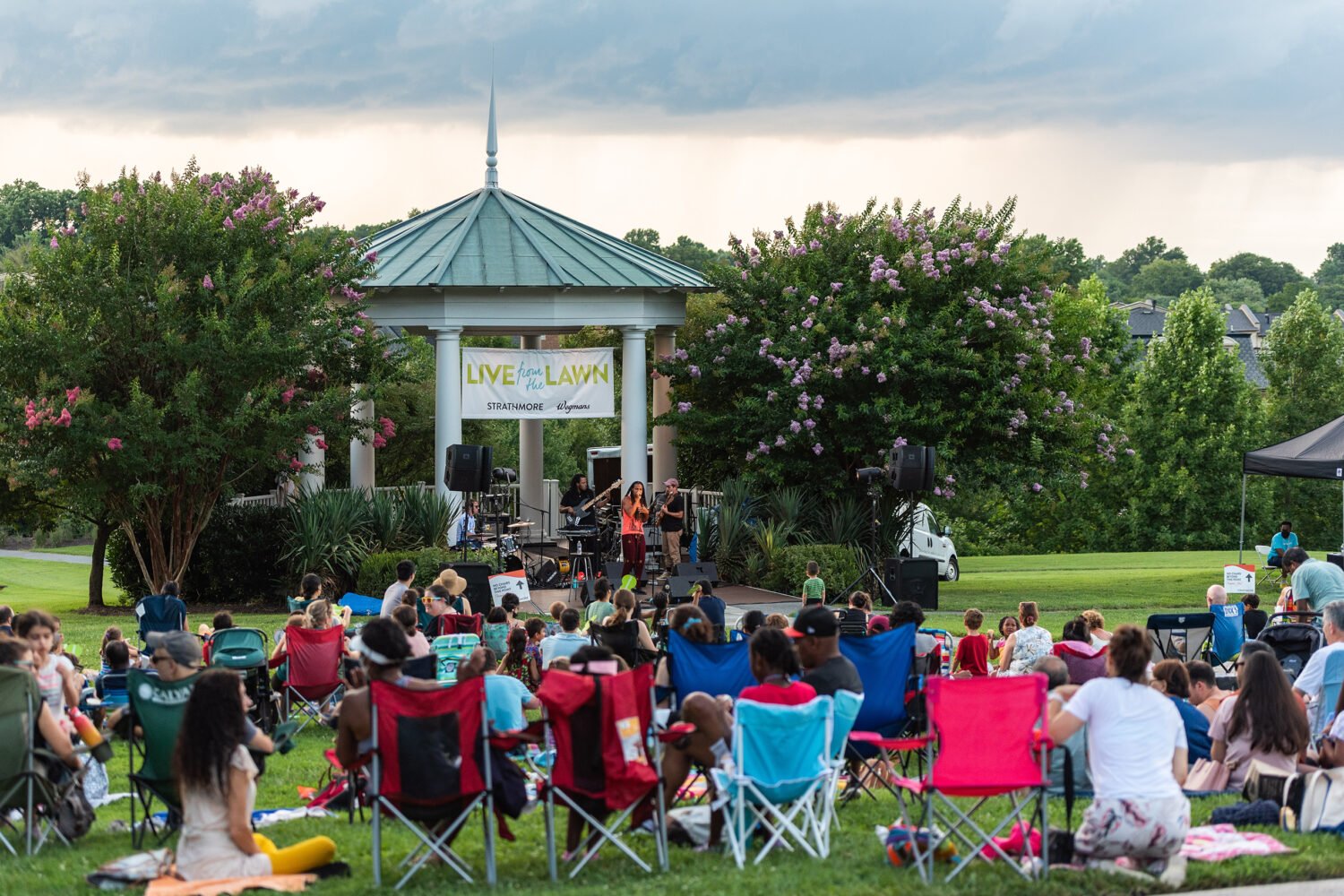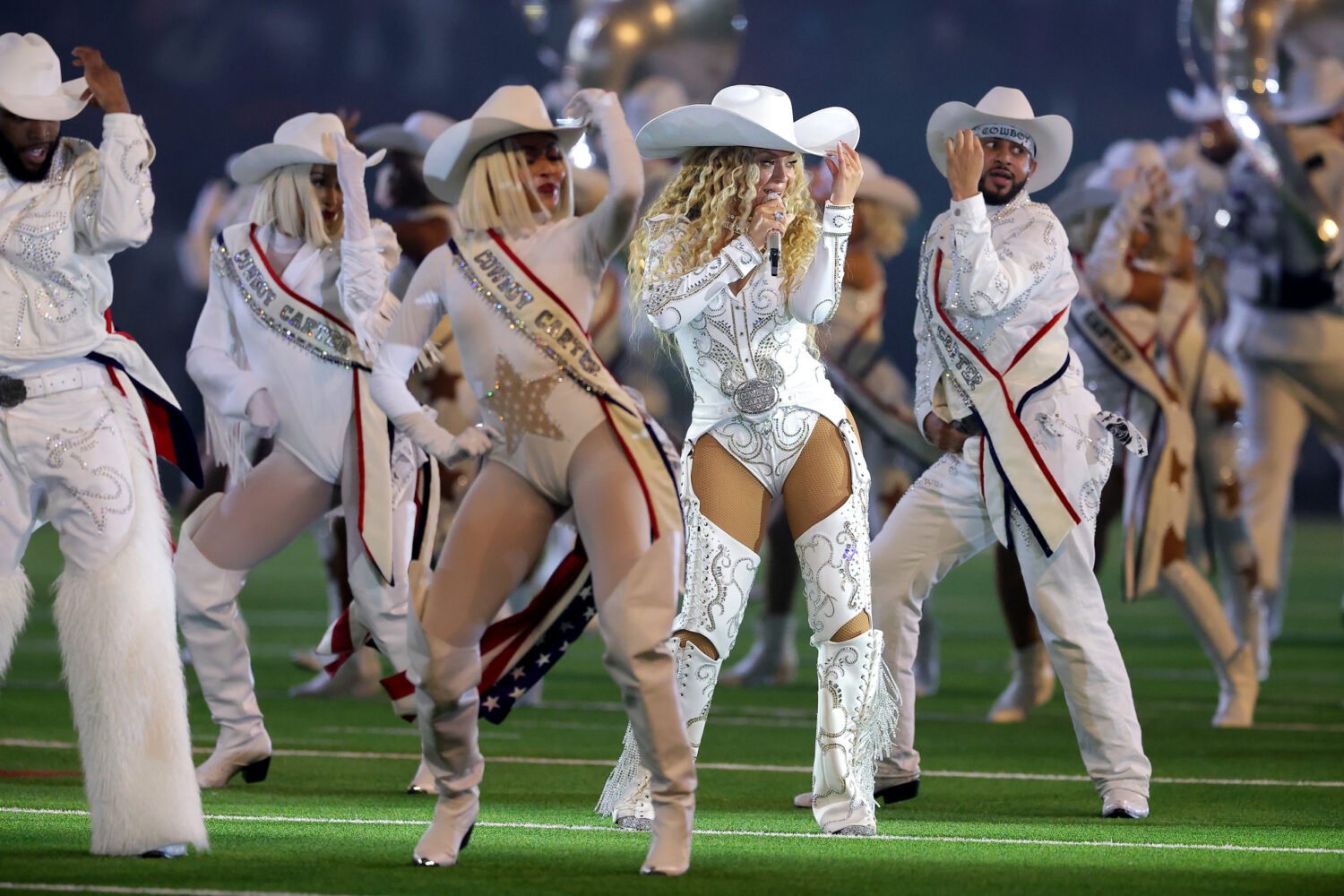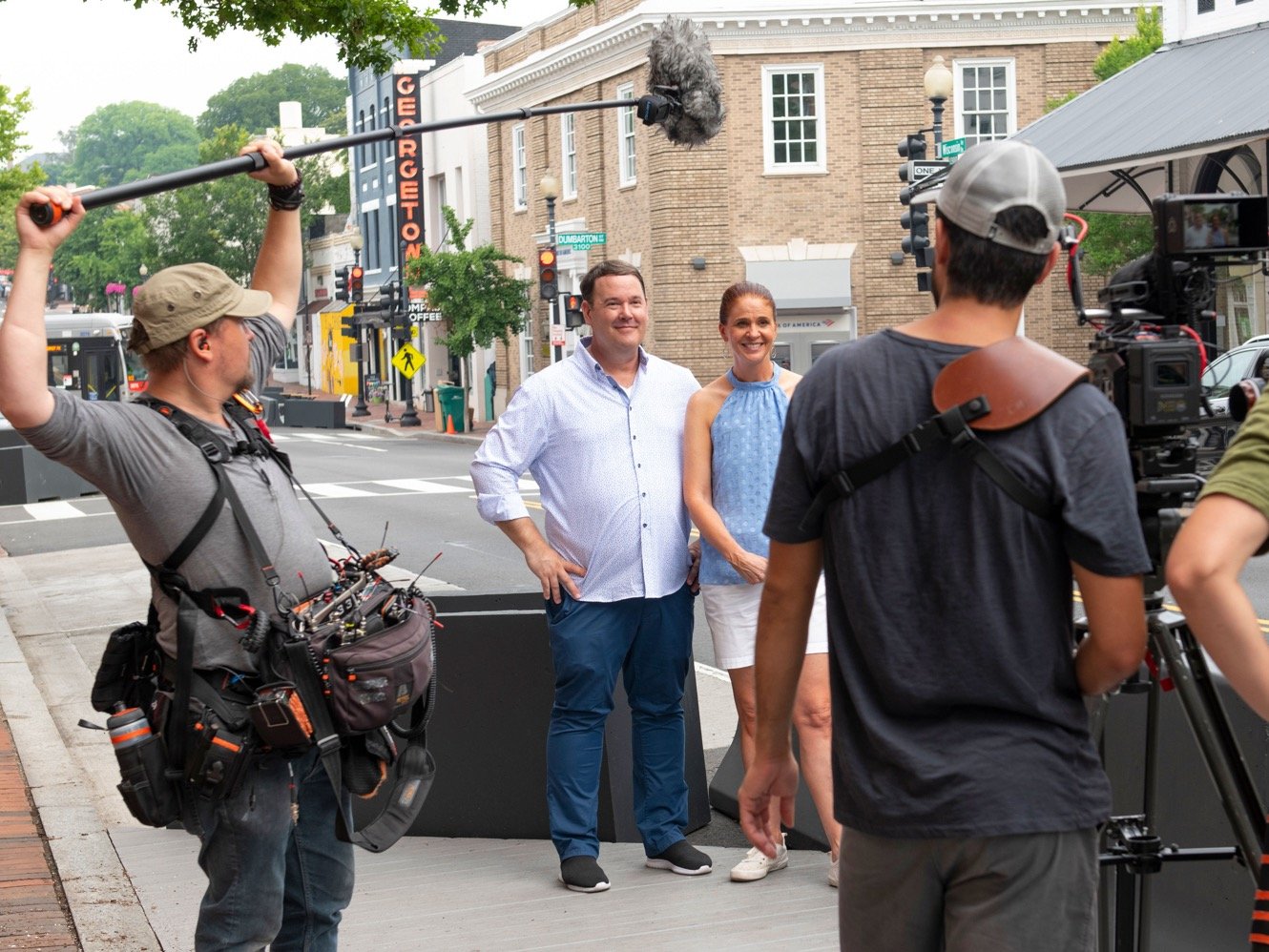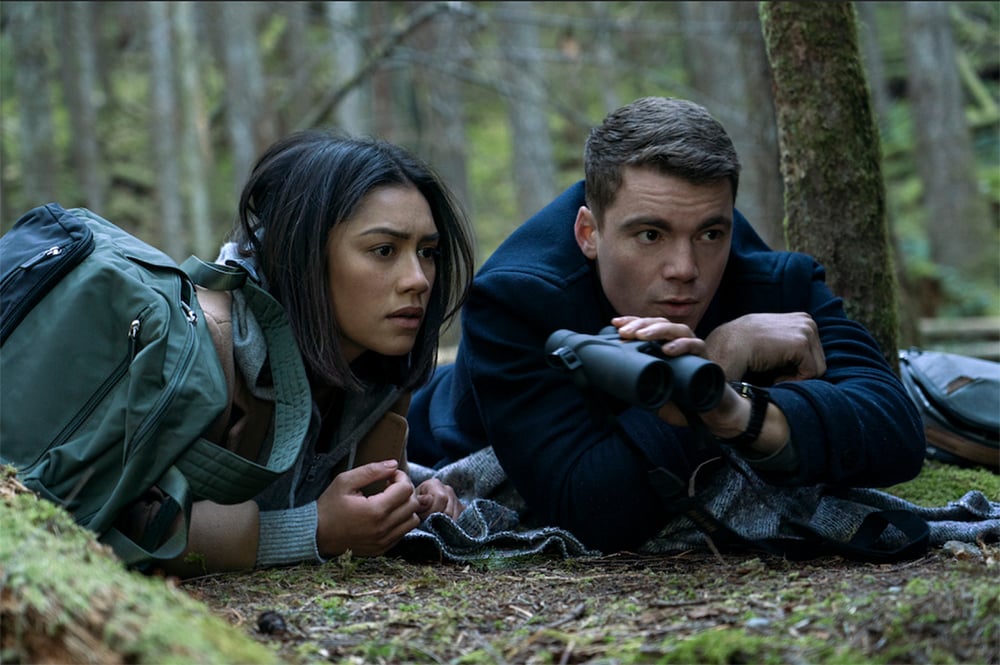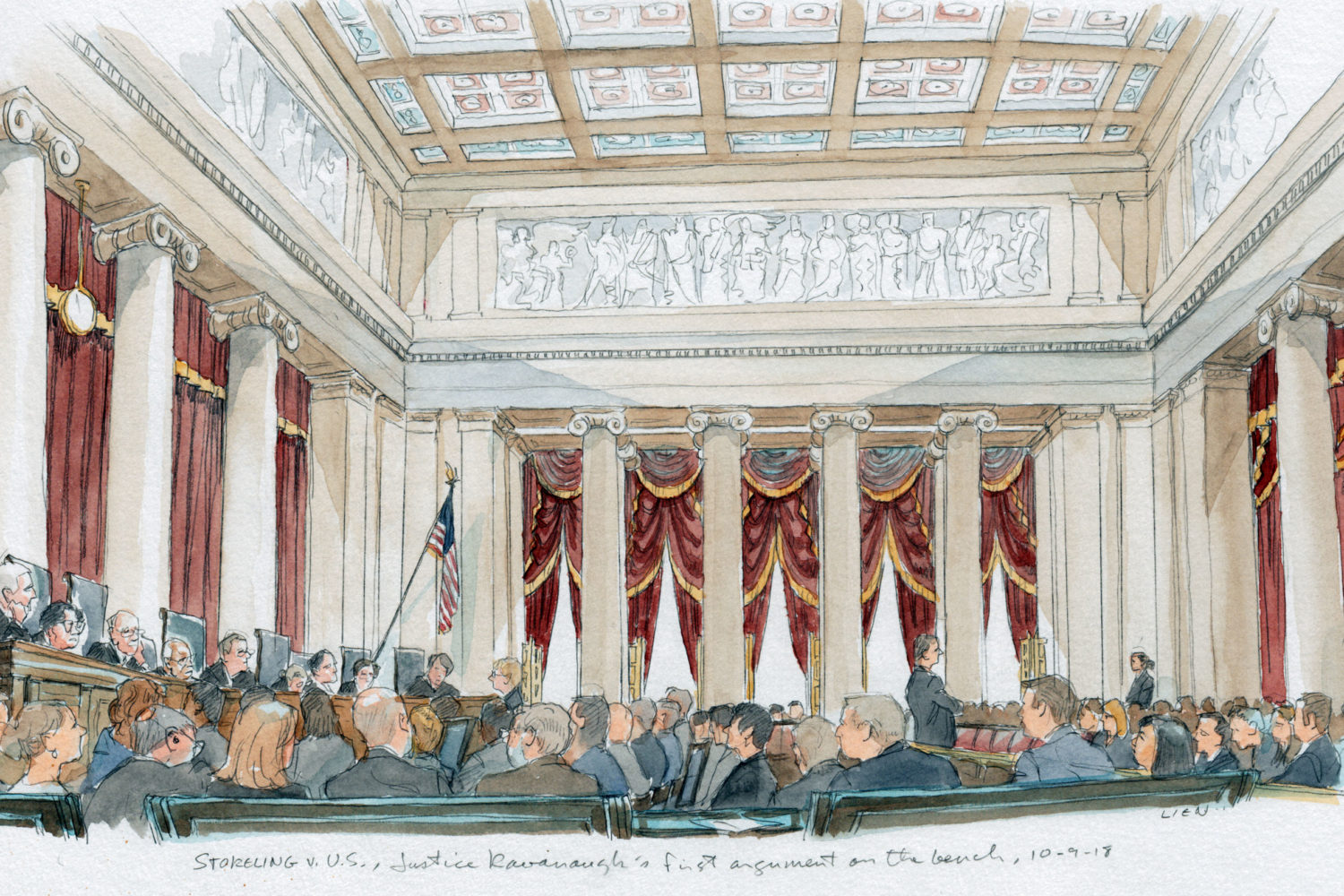WETA’s new documentary about Washington at the turn of this century could have been an even worse version of “We Didn’t Start the Fire”—Joe Gibbs, Tai Shan, “Natinals” on the uniforms—but WETA’s documentary Washington in the 2000s largely avoids this fate, packing ten years of “Oh yeah, I forgot about that” into an hour of TV.
But while previous iterations of this series looked at Washington at some remove, this one takes on history even younger viewers may have experienced firsthand. Or as Seth Tillman, who wrote and produced the show, puts it: “Everyone remembers the baby panda, but maybe it’s the bloggers, the younger generation, who remember ‘Butterstick.'”
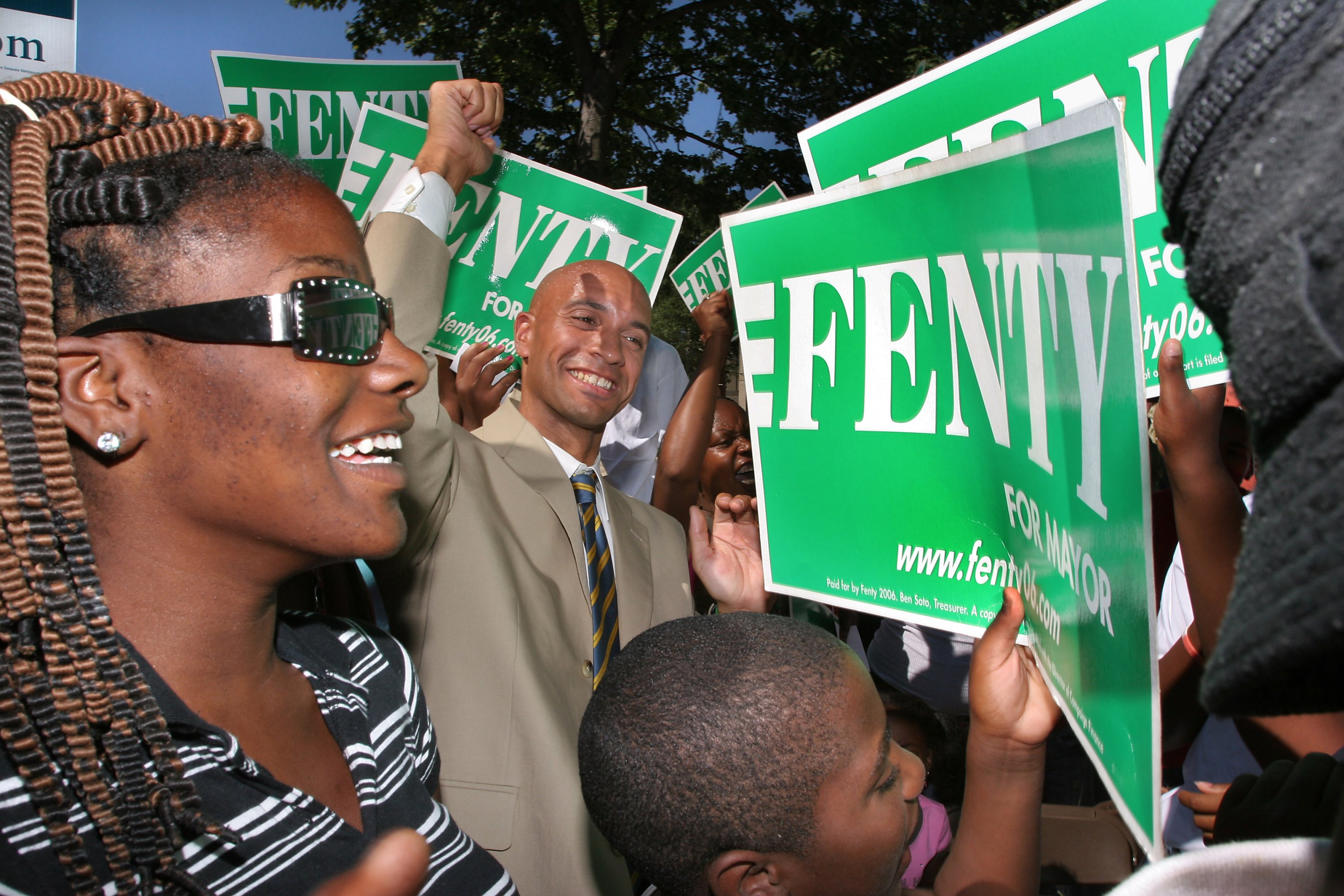
Washington in the 2000s brings in several talking heads with vast experience from the DC area’s Web 2.0 days–Clinton Yates, Amanda Mattos, Dan Silverman—to help make sense of a decade that saw baseball return, District real-estate boom, a string of deadly sniper attacks, and the first black President.
The decade took on the character we remember it by in September 2001, when terrorists flew a plane into the Pentagon. Washington in the 2000s avoids other stories that Tillman considered more national than local, even if you can’t tell their stories without reporting from Washington—the Iraq War doesn’t make the cut, nor do Gary Condit and Chandra Levy—and dives in on the ups and downs of DC’s population boom. “We would have been remiss if we didn’t talk about the pace of gentrification,” he says. The show revives former Mayor Anthony Williams’ goal of 100,000 new residents—”an important marker,” Tillman says.
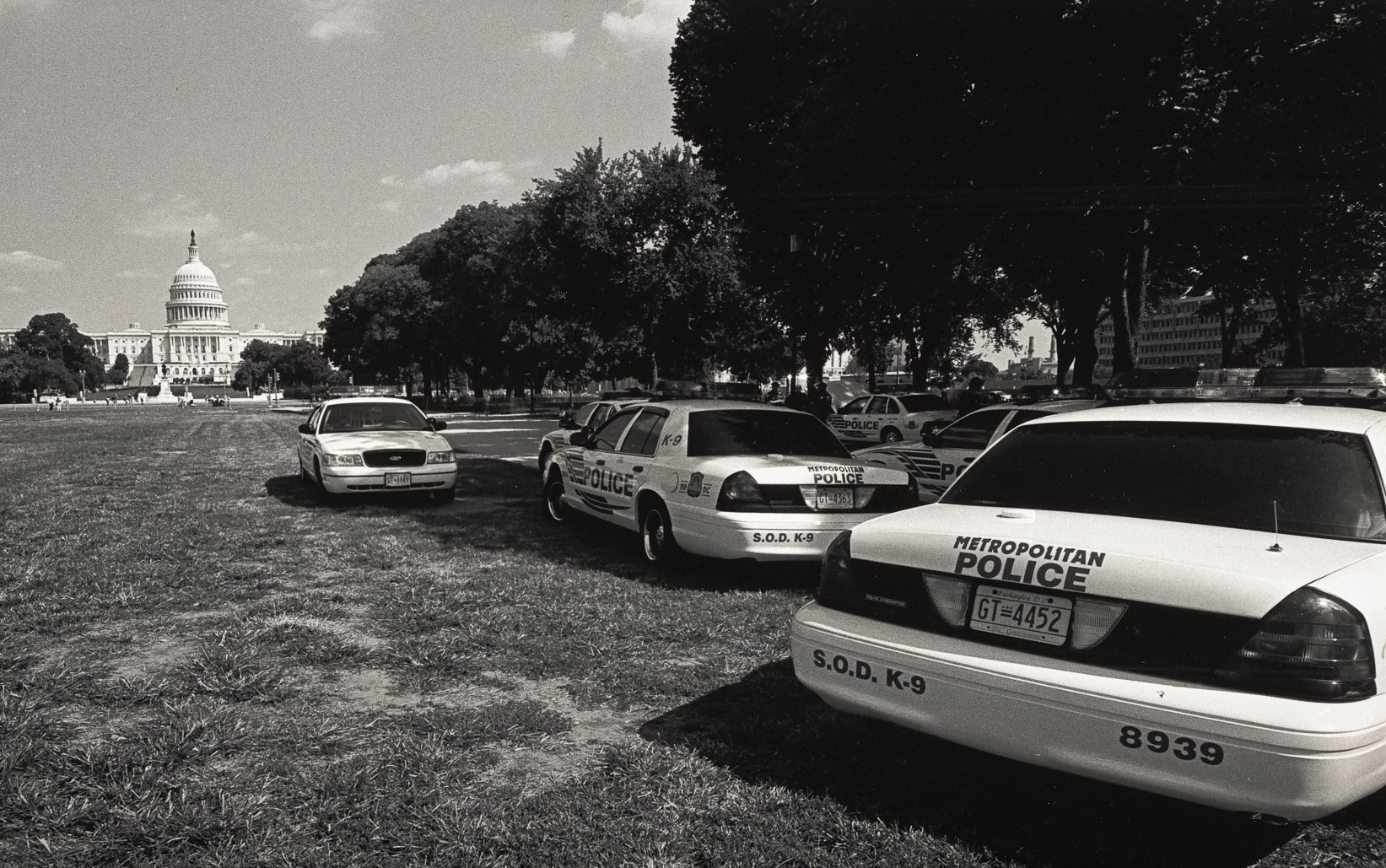
Visually, the show benefits from a relationship with WUSA-TV, which Tillman says has kept an extensive archive of its news broadcasts. “There are very few stories we had to scrap because we couldn’t find them,” he says. What would he like to have more of? More from Cathy Lanier. The food-truck boom (though DC’s dining scene otherwise gets a good amount of screen time). DC becoming more hip.
The show ends with the social-media-organized snowball fights that sprung up following “Snowpocalypse” in 2009 and “Snowmageddon” in early 2010. “It was kind of two parts of DC coming to a head,” he says: “that influx of new residents with this new technology.” Oh yes, 2010, when everyone thought social media was a force for good. “We have a different view of social media now,” Tillman says.
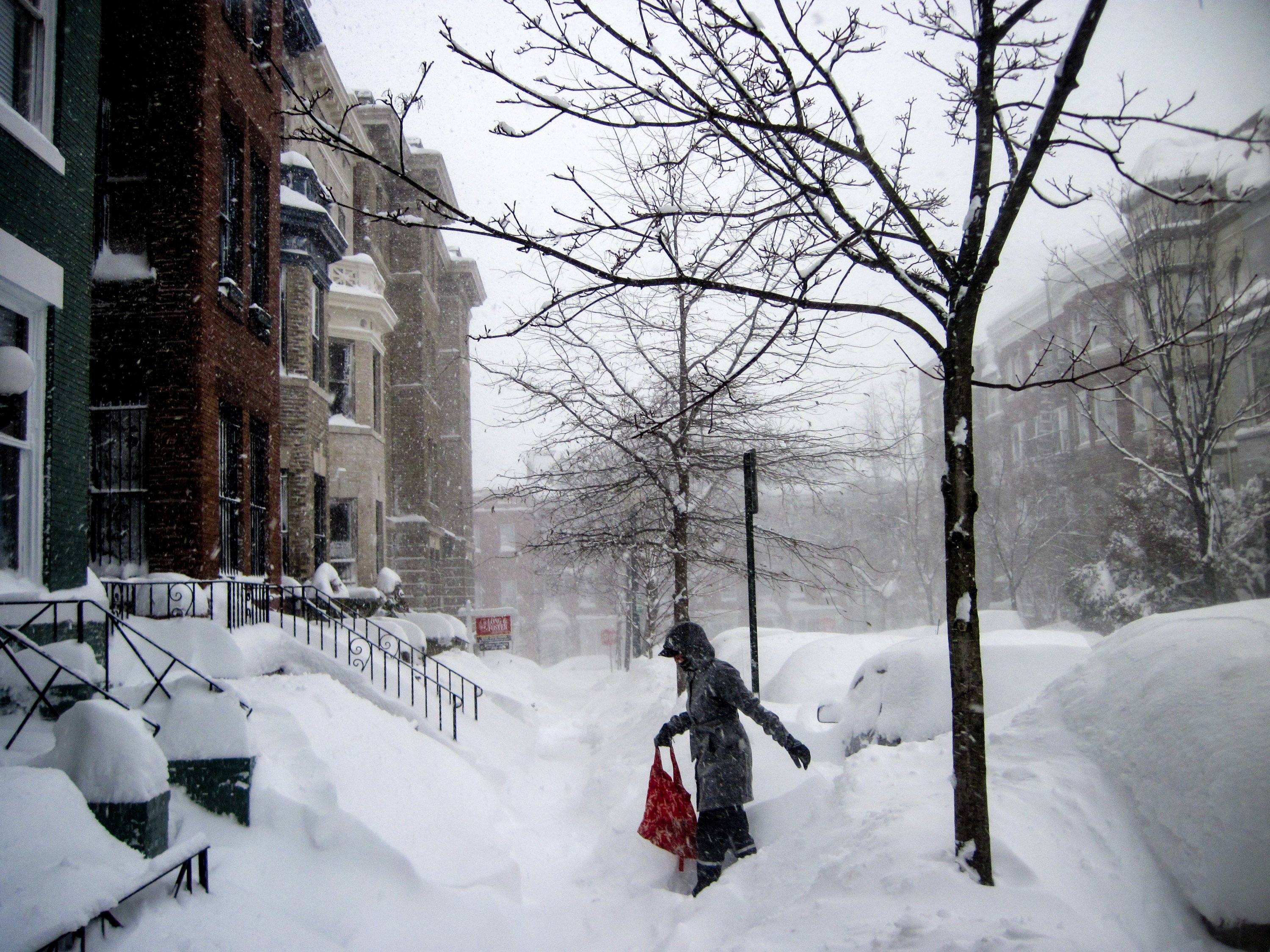
Washington in the 2000s premieres Tuesday night at 8 PM on WETA.






